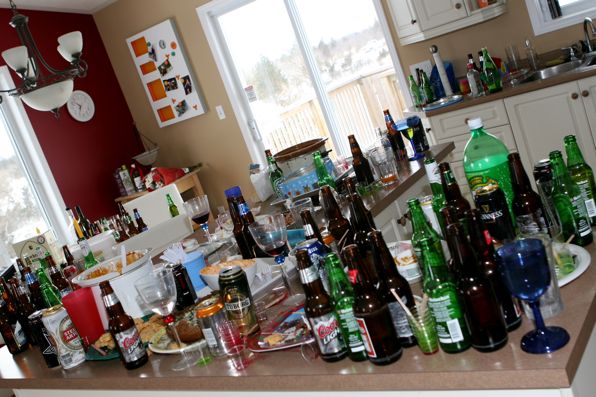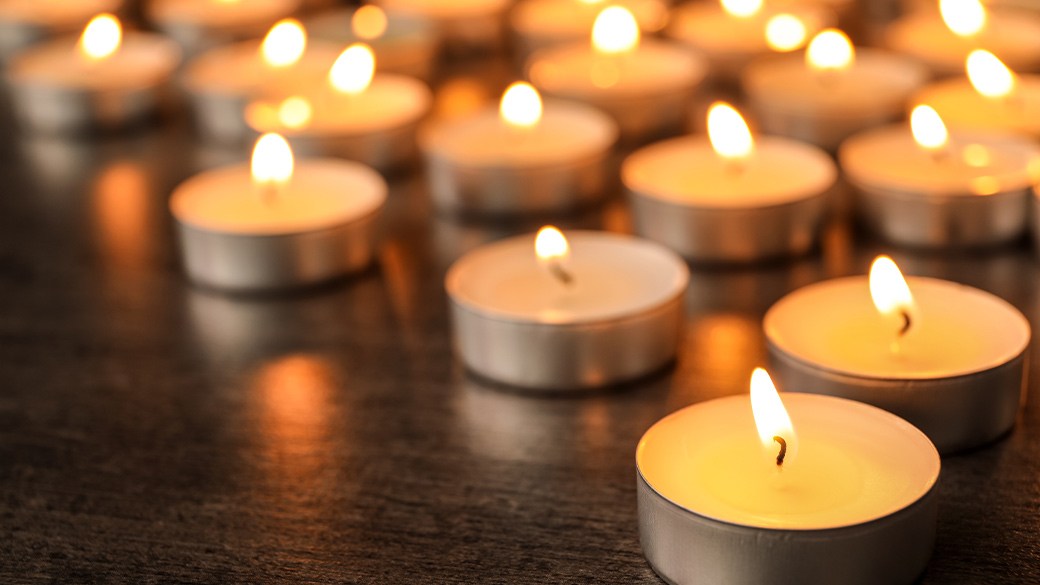
A lot of people don’t understand the basics of house cleaning when they are selling their home. It is important to know what to look for, and the most important things to avoid, because most serious buyers are looking for these details. Continue reading to find out more. We'll begin by de-cluttering the space and getting rid all odours. We'll also be discussing licensing requirements. These tips are hoped to be useful for you in a sale.
Staging a home in order to sell
Preparing a property for sale can be difficult. It is important to properly clean and stage rooms and surfaces in order to attract buyers and make the home more appealing. Buyers may visit the home to assess its suitability, but they can also view photos online. To achieve this, the outdoor spaces should not be neglected and must not be cluttered. You should ensure that surfaces are in good condition and not over-staging your home. Buyers should be able imagine themselves living in and making the home their own.

Decluttering a home to sell
One of the first things you should do when decluttering a house to sell is to remove any personal items. Whether they are photos or mementos from your past life, they are not going to appeal to potential buyers. Instead, you can buy neutral decor items that can be used as replacements. Decluttering a house to sell will also make it easier to show off structural features of the home and maximize space.
Getting rid of odours
If you're cleaning out a house for sale, it is important to eliminate any odours. Odours are not only unpleasant to the nose, but can also make it difficult for people to buy a house. Odours can also trigger memories and create negative emotions. While pleasant smells can be comforting and relaxing, we can become anxious if unpleasant odors prevail. Cleaning the house can make it more desirable for buyers.
License requirements
Before you begin your cleaning business, you might want to be familiar with the licensing requirements. It is possible to clean houses for a side income, but you may also want to incorporate your cleaning business to get tax-deductible receipts. It is cheaper to establish a franchise than it is to own it, but it can be less lucrative. Moreover, you'll need a business license and cleaning supplies to start the process.

Professional help
Getting professional help when cleaning a house for sale can be extremely beneficial. As a home seller, you may have children and pets in your home, and if they are not professional cleaners, it may be difficult for you to keep up with the cleaning yourself. You can save money and focus on selling your home by having someone clean it. You won't have to stress about potential buyers.
FAQ
What is the average time housecleaners work?
Most cleaners are available Monday through Friday between 9 am and 6 pm. Some companies offer Sunday and Saturday services.
Many cleaners also offer weekend and after-school cleaning.
What time will it take to clean up my house after I move?
It all depends on the size of your house and the amount work that is needed. For a smaller apartment, with minimal furniture, you should expect to spend at least two hours cleaning it before you move on.
You could spend eight hours cleaning up if you have a large home.
The average time it takes to clean a one-bedroom flat is 4 hours, but if you're moving into a 5-bedroom mansion, you could expect to spend between 8-12 hours.
What does a deep cleanse include?
A deep clean includes cleaning all surfaces, including baseboards, walls, doors, windows, etc. It also involves dusting, vacuuming, mopping, scrubbing, polishing, washing dishes, wiping counters, sweeping floors, and emptying trash cans.
Some companies offer additional services, such as spring cleaning, cleaning at the end of tenancy, or pet care.
Statistics
- House cleaners on the lower end of that spectrum, the bottom 10% to be exact, make roughly $21,000 a year, while the top 10% makes $36,000. (zippia.com)
- Typically, you can charge customers about $90 to clean a house that's less than 1,000 square feet and $250 for a house that's 3,000 square feet or more, according to Home Advisor. (freshbooks.com)
- You can estimate that payroll taxes will cost 18 percent of your labor cost, according to Cleaning 4 Profit. (freshbooks.com)
- Add 33 percent on top of your cost. (freshbooks.com)
External Links
How To
How to clean upholstered furnishings
Because upholstery furniture has many layers and multiple fabrics, cleaning it can be difficult. It takes patience and skill. You can use steam cleaning or dry cleaning. Each method has its advantages and disadvantages. We will be discussing how to clean upholstered furniture.
Steam cleaning is one of the most commonly used methods for cleaning upholstered furniture. The steam cleaning process uses hot water and detergent. This removes dirt from the fabric. The upholstery should not have any dust. However, if any dust or moisture is left after the first cleaning, you should use another cleaning solution. If your upholstered furniture contains leather, you must avoid using steam cleaning solutions. Leather is sensitive to moisture and can become soft over time. Leather is porous so steam can penetrate it, causing damage.
Dry cleaning is ideal for upholstery that has only cotton or synthetic fabric. Dry cleaning is safe for fabric and removes soils. Dry cleaning is great for light to medium soils such as pet hair, food residue, paint, grease, and paint. To remove these types of stains, you can use a vacuum with a brush attachment.
Upholstering furniture made from natural fibres can be cleaned by washing it. The process involves soaking the fabric with warm water and mild detergent. You then rinse the fabric well with cold water. Use a sponge/cloth to gently rub down the fabric. After washing, rub a little stain remover onto the spot. Let the mixture sit for a while before wiping out any liquid. Rinse the fabric once more. Washable upholsteries are available at many stores.
Make your own upholstery wash solution. In a large bowl, combine 1/4 cup dishwashing detergent, 1 cup vinegar, and 2 cups baking soda. Fill the bucket halfway with warm water. Soak the upholstery in the solution overnight. Wash the fabric with cold running waters. This step should be repeated every two weeks to maintain a clean upholstery.
You can wax instead if chemicals are not your thing. Waxing is an excellent way to protect upholstered furniture against fading, cracking, and staining. To prevent scratches, place a plastic wrap over the area where you plan to wax. Use a foam applicator to apply a layer of wax. Wait for the wax to dry completely. Take off the plastic wrap. Use a clean cloth to buff the surface.